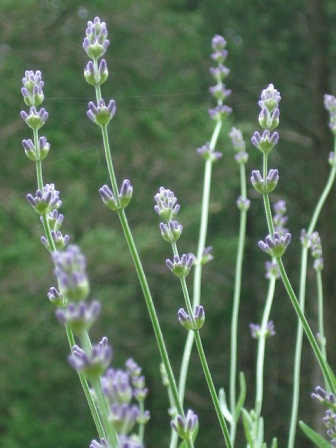Winter's snow is finally melting; spring arrives in two days; and the woods will soon become accessible again. Planning an Earth Day outing? Looking for local destination to commune with nature? The Pawling Nature Reserve, a 1000 acre preserve located on border of Pawling and Dover, has six marked trails to explore, and can be easily accessed from three points:
Quaker Lake Road in Pawling
Route 22 in Pawling, across from Native Landscaping, at the Appalachian Trail crossing
Furlong Road in Dover
When traveling Route 22 look for the following signs to locate the Dover entrance.
 |
| Turn onto Furlong Road. Travel straight for 500 feet. |
 |
| Across from the Drop'n Lock. |
 |
A color coded map with intersecting trails, including the Appalachian, is available on the Pawling Nature Reserve website. Look for the colored markers on trees at eye height to follow the trails shown on the map. Because it is a preserve, pets are not allowed.
|
No matter where you enter the reserve,
 |
| enjoy vistas, |
 |
| hemlock forests, |
 |
| streams, |
 |
| 1000 acres of preserved nature. |











































